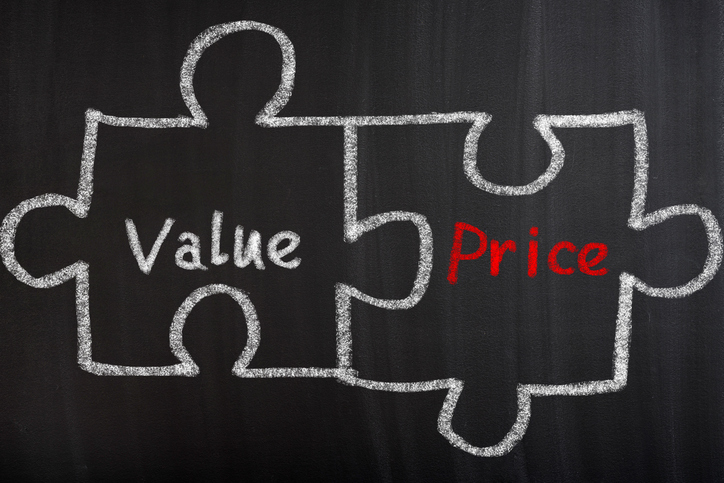Establishing a pricing approach can be one of the most daunting decisions MSP executives make. Price too high and you will lose business, but if your price is too low you will compromise margins and risk your profitability and survival. Exacerbating matters is the fact that today’s pricing decisions have long-term ramifications. Bad pricing decisions will impact your business for a long time to come. Not only will you need to honor them over the duration of the current contract, but they will set expectations for future renewals. It is also important to note these expectations can carry from customer to customer through reference checking as well as basic word of mouth.
Based on these issues, it is important to have a strategy to from the basis for how you set prices and with a plan to evolve over time to meet your business needs. Here are a few things think about as you formulate your strategy:
Calculate & know the cost of each service you offer & never sell at a loss
Understanding the costs of your services sounds basic, but it is often misunderstood. To ensure you know your limits for the pricing exercise, you need to understand the ENTIRE cost of each service. This includes payroll, tools, outsourced labor, facilities, insurance, amortization of capital expenses, promotional expenses, etc. It should also include an allocation to account for mistakes. This calculation is easier for businesses with a long established service business, but it can be daunting for a business new to services. Once established, this cost model needs to be reviewed and updated on a regular basis to account for changes in your processes, personnel, scale, skill and customer base to maintain its accuracy. Finally, NEVER sell a service below your cost.
Do not under price your services
This one goes without saying, the goal is to maximize the profitability and ROI on everything you do. Set your prices high and use a discounting strategy to make adjustments when necessary to win business or increase your footprint within a customer. Customers love discounts and they don’t like price increases, so it is easy to give a discount, but increases can be very difficult.
Create a concise discount program & apply it to all your customers
A standard discount program will make it easier for sales to produce quotes and for you finance team to approve deals. It can also be used to upsell customers to enhanced or new services by offering discounts for those actions. When creating a discount incentive, be sure to set a time limit and communicate the expected price once the discount program is over. Finally and most importantly, a standard discount program will allow you know your profitability limits in advance, so it will be less tempting to, “do whatever it takes,” to get a deal that ends up a money loser forever. It is critical for leadership to establish a clear discounting strategy so sales and finance understand what discounts can be offered, and when.
Some services are commodity
Research and understand the various services available from your competitors and their pricing. From there separate your services into two groups; those which are unique and those which are commodity. While both category of service should be priced based on the value they deliver and not your cost, your unique services can typically be priced with a higher margin than your commodity services because they have no competition.
Create a tiered discount structure
Establishing a tiered pricing model is a great way to incent customers to buy more of a service and to buy more services from you. Offering limited time promotional prices for new services or enhanced services can also be used to drive adoption of additional services.
Deliver a proposal that emphasizes the value delivered, not too focused on SOW & price
Always approach a prospective customer as their virtual CIO, understand the prospect’s business, its challenges and the value your services provide to solve those challenges. Really understanding the business needs of the prospect dramatically increases the value of your team in the eyes of the prospect and allows a value based pricing approach, even for your commodity services. This deep understanding of your customers’ businesses will pay off in longer term relationships and the ability to sell additional services as the customer’s business needs change.
Stay on top of market changes
The MSP market is very dynamic. This means new providers are entering the market all the time. You need to be aware of how their services will impact your pricing strategy and your relationship with your customers. The time to know a competitor is before you are quoting against them not while you are quoting against them.
Summary
There is no simple answer or one size fits all solution when it comes to pricing, but I hope we offered you a few things to consider as you build your own models that best fit your business and the businesses of you customers and prospects.


Recent Comments